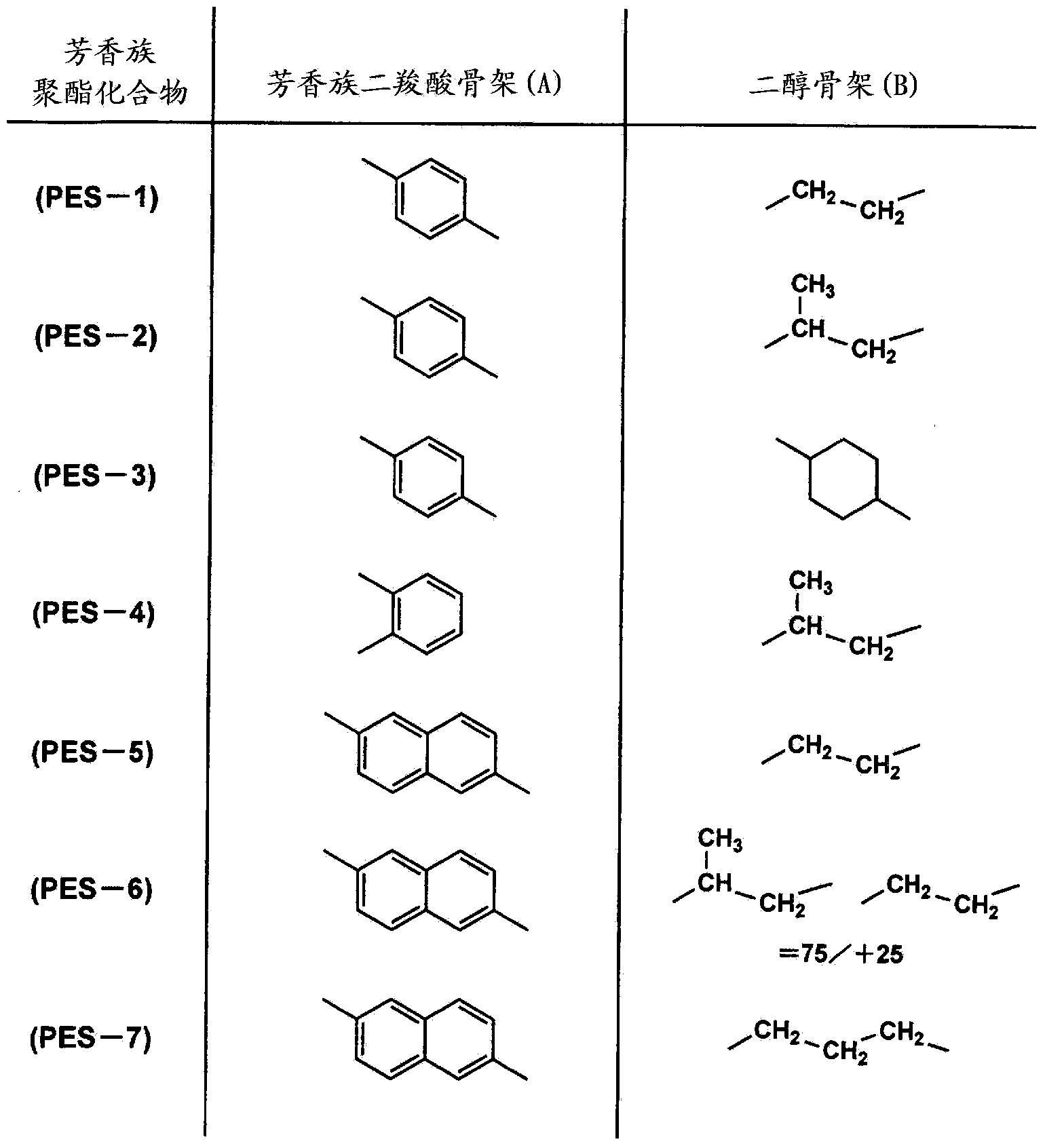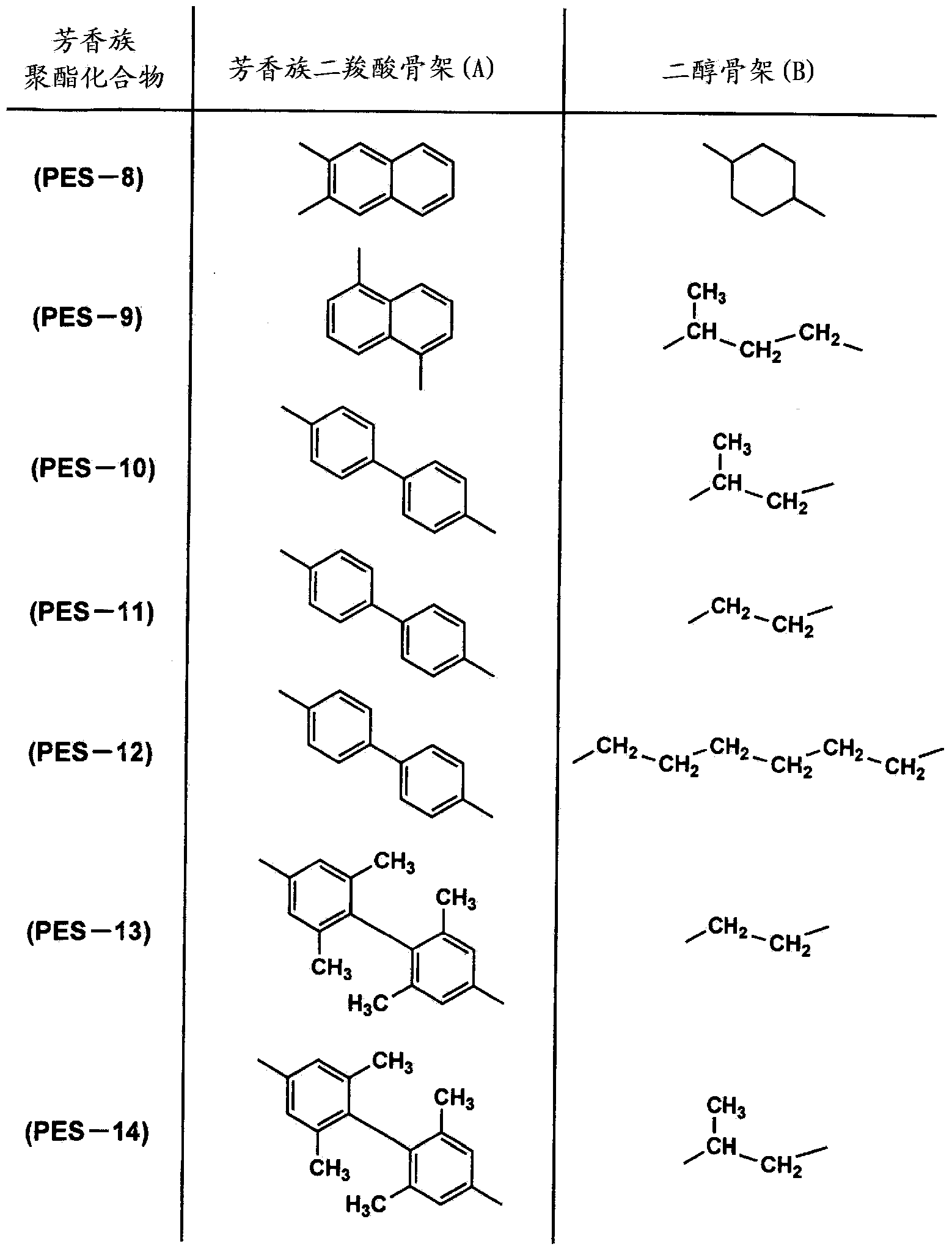Polarizer and liquid-crystal display device
A technology for polarizers and polarizers, applied in polarizing components, instruments, optical components, etc., can solve the problems of reduced polarization of polarizers and insufficient adhesion of polarizers, so as to alleviate the reduction of polarization and improve density. Synergistic effect
- Summary
- Abstract
- Description
- Claims
- Application Information
AI Technical Summary
Problems solved by technology
Method used
Image
Examples
preparation example Construction
[0226] The solvents used in the preparation of dope may be used alone or in combination of two or more. However, from the viewpoint of production efficiency, it is preferable to use a mixture of a good solvent and a poor solvent for cellulose acylate. From the point of view, it is preferable that there are many good solvents.
[0227] The preferable range of the mixing ratio of a good solvent and a poor solvent is 70-98 mass % of a good solvent, and 2-30 mass % of a poor solvent. Good solvents and poor solvents are defined as good solvents that can dissolve the cellulose acylate used alone, and defined as poor solvents that swell or insoluble the cellulose acylate used when used alone. Therefore, good solvents and poor solvents vary depending on the degree of substitution of acyl groups of cellulose acylate.
[0228] The good solvent used in the present invention is not particularly limited, and examples thereof include organic halides such as methylene chloride, dioxolanes, ...
Embodiment 1
[0463]
[0464] (Preparation of Microparticle Dispersion 1)
[0465] Particles (AEROSIL R972V Japan AEROSIL Co., Ltd.) 11 parts by mass
[0466] 89 parts by mass of ethanol
[0467] The above-mentioned substances were stirred and mixed for 50 minutes with a high-speed disperser, and then dispersed with a Manton Golin to prepare a fine particle dispersion 1.
[0468] (Preparation of microparticle additive solution 1)
[0469] The microparticle dispersion 1 was slowly added to a dissolution tank filled with dichloromethane while stirring well. The mass of dichloromethane and fine particle dispersion 1 is as follows. Furthermore, dispersion is performed with an attritor so that the particle size of the secondary particles becomes a predetermined size. This was filtered using Finemet NF manufactured by Nippon Seisen Co., Ltd. to prepare fine particle addition solution 1.
[0470] Dichloromethane 99 parts by mass
[0471] Particle dispersion 15 parts by mass
[0472] (Prep...
Embodiment 2
[0510]
[0511] (production of polarizer)
[0512] A polyvinyl alcohol film having a thickness of 70 μm was swelled in water at 35°C. The obtained film was immersed in an aqueous solution consisting of 0.075 g of iodine, 5 g of potassium iodide, and 100 g of water for 60 seconds, and then immersed in a 45° C. aqueous solution of 3 g of potassium iodide, 7.5 g of boric acid, and 100 g of water. The obtained film was uniaxially stretched under conditions of a stretching temperature of 55° C. and a stretching ratio of 5 times. After washing this uniaxially stretched film with water, it dried and obtained the polarizer with thickness 20 micrometers.
[0513] (preparation of adhesive)
[0514] After mixing the following components, defoaming was performed to prepare a photocurable adhesive liquid. In addition, triarylsulfonium hexafluorophosphate was mixed as a 50% propylene carbonate solution, and the solid content of triarylsulfonium hexafluorophosphate is shown below.
[0...
PUM
| Property | Measurement | Unit |
|---|---|---|
| Moisture permeability | aaaaa | aaaaa |
| Storage modulus | aaaaa | aaaaa |
| Glass transition temperature | aaaaa | aaaaa |
Abstract
Description
Claims
Application Information
 Login to View More
Login to View More - R&D
- Intellectual Property
- Life Sciences
- Materials
- Tech Scout
- Unparalleled Data Quality
- Higher Quality Content
- 60% Fewer Hallucinations
Browse by: Latest US Patents, China's latest patents, Technical Efficacy Thesaurus, Application Domain, Technology Topic, Popular Technical Reports.
© 2025 PatSnap. All rights reserved.Legal|Privacy policy|Modern Slavery Act Transparency Statement|Sitemap|About US| Contact US: help@patsnap.com



